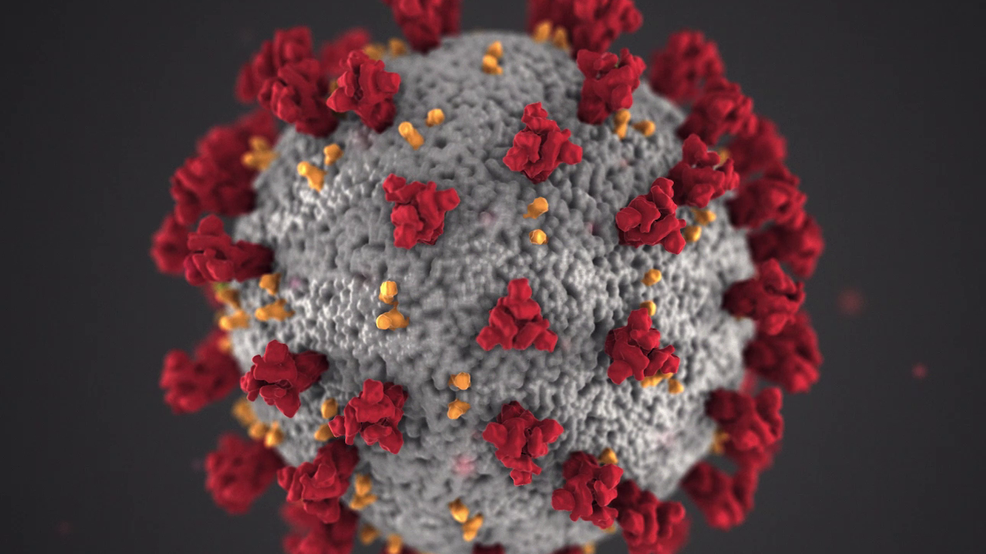Article
Postmortem study finds SARS-CoV-2 virus in the retina
Author(s):
The study's finding suggest that the particles may be involved in some of the ocular clinical manifestations of the COVID-19 infection.

A study has found that viral particles that were presumed to be SARS-CoV-2 were identified in the various retinal layers in patients who died from confirmed severe COVID-19 infection.
This finding suggested that the particles may be involved in some of the ocular clinical manifestations of the infection,1 according to the study’s first author Carlla Araujo-Silva, MSc, from the Instituto Nacional de Ciência e Tecnologia em Biologia Estrutural e Bioimagens, Rio de Janeiro, and the Laboratório de Ultraestrutura Celular Hertha Meyer and Centro Nacional de Biologia Estrutural e Bioimagens both at the Federal University of Rio de Janeiro, Rio de Janeiro, Brazil.
In this postmortem study, the enucleated eyes of 2 men and 1 woman (age range, 69-78 years) were evaluated by immunofluorescence and transmission electron microscopy (TEM).
Immunofluorescence microscopy showed S and N COVID-19 proteins in the endothelial cells close to the capillary flame and cells of the inner and the outer nuclear layers.
In the perinuclear region of these cells, TEM showed double-membrane vacuoles that were consistent with the virus, presumably containing COVID-19 viral particles, according to investigators.
The investigators also explained that TEM of the thin sections showed the presence of presumed virus particles that were morphologically similar to those seen in experimental cell cultures infected with the virus and that the presence of the characteristic S and N viral proteins seen on immunofluorescence microscopy agreed with the findings reported previously of the S1 protein in the neurosensory retina.
“Given that these findings support the presence of viruses that presumably are SARS-CoV-2 in the retina, research should assess whether retinal changes are related only to secondary microvascular and immunological changes, coincidence to a very prevalent infection or the virus’ direct presence, or a combination of these,” the authors concluded. “The findings may help to elucidate the virus’ pathophysiological mechanisms, which may allow a better understanding of the sequelae of the disease and may direct some avenues of future research.”
---
Reference
Araujo-Silva CA, Marcos AAA, Marinho PM, et al. Presumed SARS-CoV-2 viral particles in the human retina of patients with COVID-19. JAMA Ophthalmol 2021; published online July 29, 2021. doi:10.1001/jamaophthalmol.2021.2795





